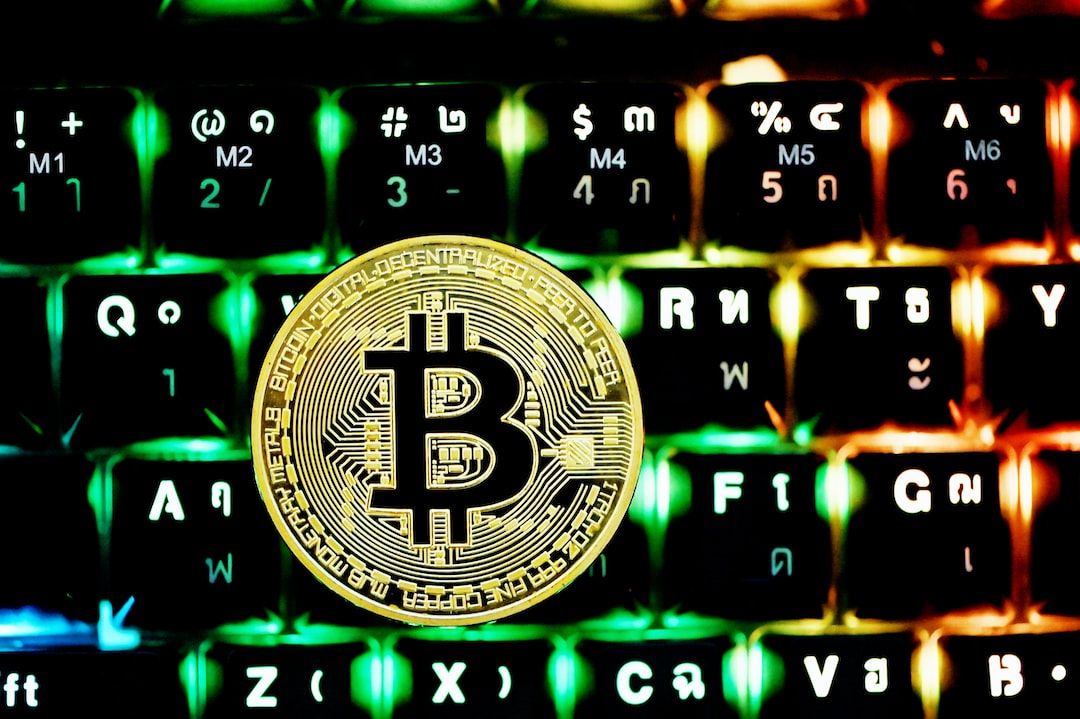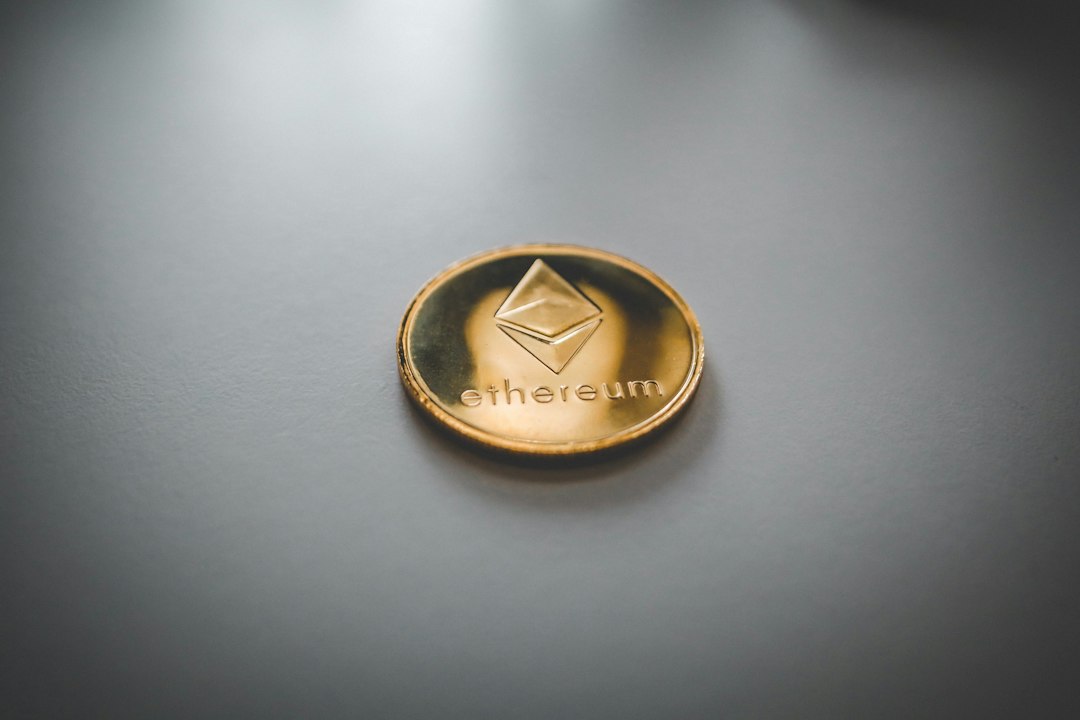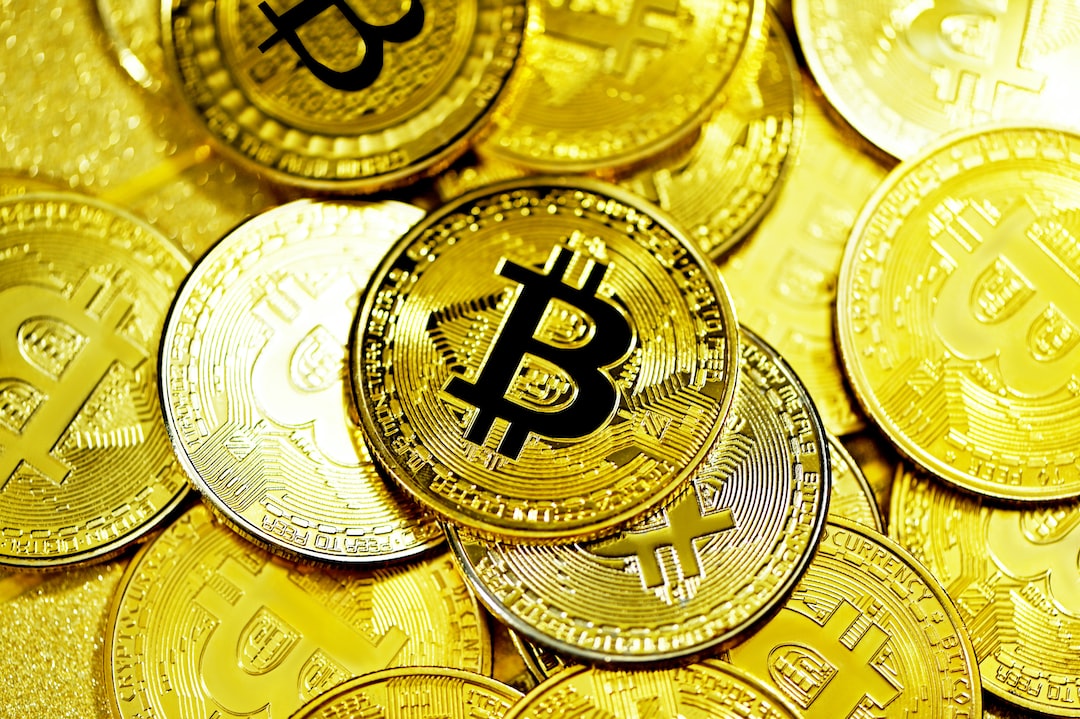Binance Tightens Listing Policy as Number of Listed Trading Instruments Declines
Crypto exchange Binance has implemented stricter listing policies, resulting in a 21% decrease in the number of listed trading instruments, according to a report by Kaiko. The change comes after Binance’s founder and former CEO, Changpeng Zhao, settled a $4.3 billion case with U.S. regulators for operating an unlicensed exchange. This accelerated approach to delisting entities has led to a reduction in offerings on Binance.
Other Exchanges Follow Suit
Binance is not alone in scaling down its listing offerings. Coinbase and OKX have also delisted some instruments. However, U.S.-based exchange Kraken has slightly increased the number of supported cryptocurrencies, as per Kaiko data.
Increase in Delisted Instruments
Analyzing major trading platforms, Kaiko reported that over 3,445 tokens or trading pairs have been delisted or rendered inactive, representing a 15% increase compared to the previous year. Coinbase alone removed 80 trading pairs, bringing the total delisted instruments from its platform to 176 in 2023.
Binance Admits Compliance Control Mistakes
Richard Teng, Binance’s newly-appointed CEO, acknowledged that the exchange’s compliance control at launch was inadequate. He admitted that mistakes were made after the U.S. Department of Justice criticized Binance’s anti-money laundering procedures as insufficient and attractive to criminals.
Hot Take: Stricter Listing Policies Reflect Crypto Market Evolution
As regulatory scrutiny intensifies in the crypto industry, exchanges like Binance are implementing stricter listing policies to align with compliance requirements. Delisting certain tokens or trading pairs is seen as a proactive measure to mitigate potential risks associated with unregulated assets. The decrease in listed instruments on Binance and other exchanges indicates a growing emphasis on maintaining regulatory standards and protecting investors. While this may impact the variety of offerings available to traders, it also reflects the maturing nature of the crypto market and its efforts towards legitimacy and stability.





 By
By
 By
By
 By
By
 By
By
